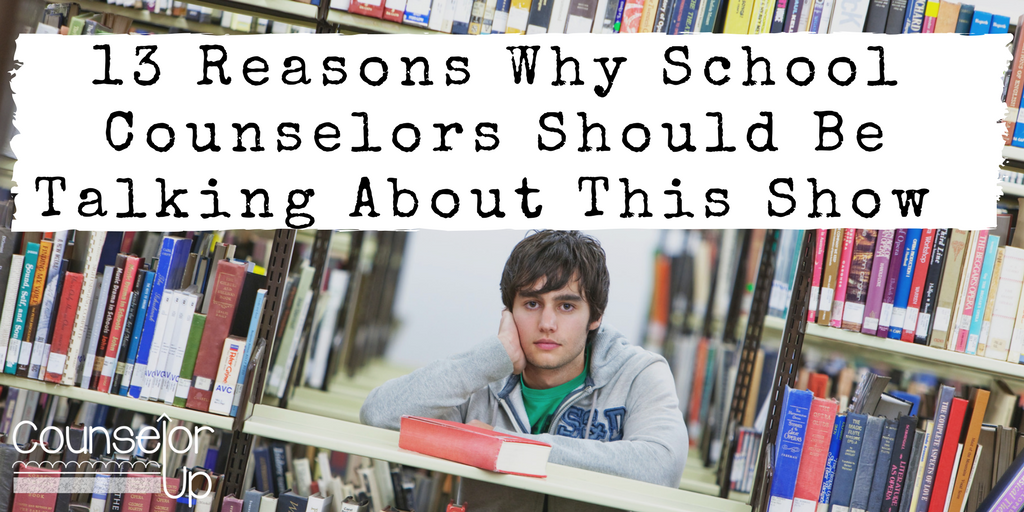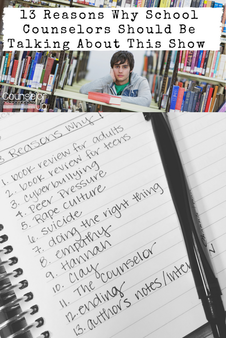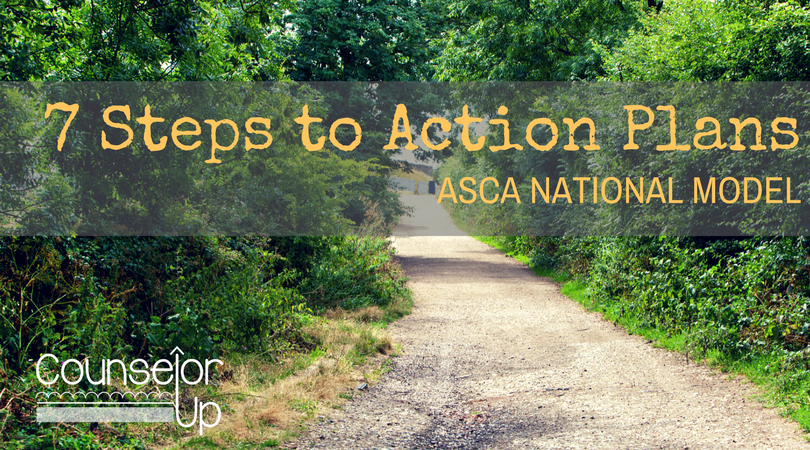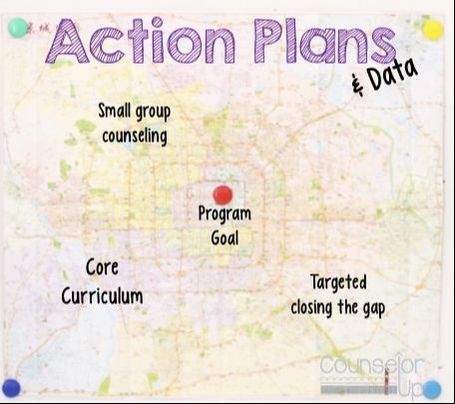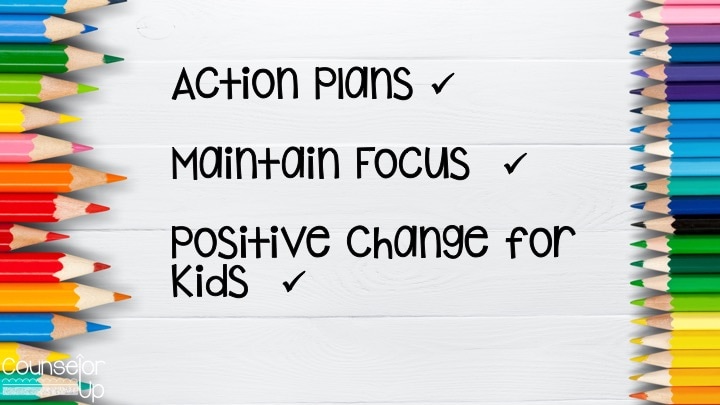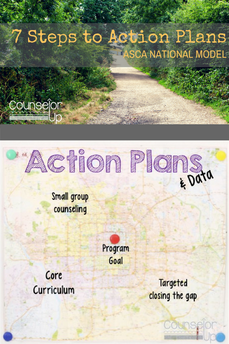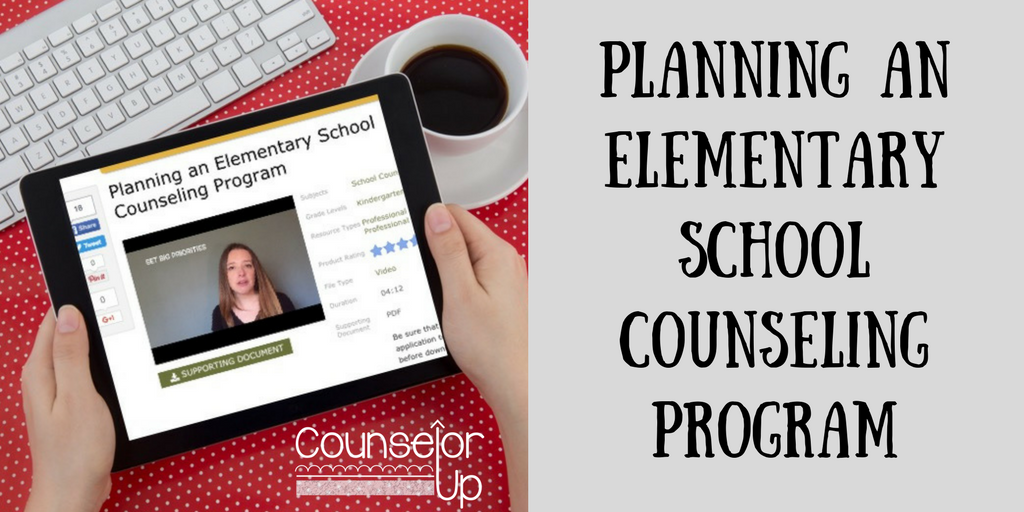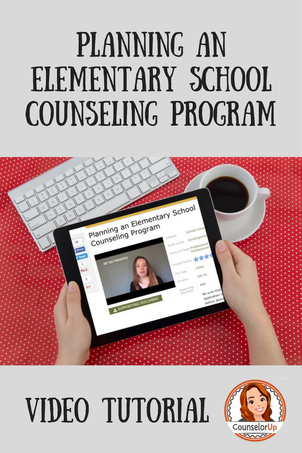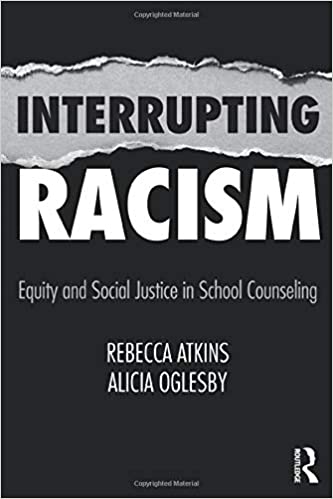- Book review for adults: This is one of those YA books that could have been written for adults. There is a nuance to the story that I think adults will appreciate. It was interesting to see the story told from Hannah and Clay’s perspectives. As an adult, you can see the many errors in thinking that are so much a part of adolescence.
- Book review for teenagers: Typically, I gear most of my work towards the elementary school age. I don’t think this show or book would ever be appropriate for any young child. In addition to suicide, there are drugs, drinking, sexual acts, and rape depicted. I’m on the fence about whether this book and show is appropriate for teens. If a teen you know is watching or reading, I recommend that you watch or read along with them so that you can help them to process what they are watching.
- Cyberbullying: One of the main reasons that Hannah is struggling at her new school is cyberbullying. Innocuous interactions turn into rumors and scandal without any substance behind them. In one of the opening scenes of the show, you see Hannah’s love interest show his friends a slightly compromising picture of her (though taken in an innocent way). They immediately grab his phone and text the photo and a lie about it to the whole school despite his protests. This would be a cool clip to show in a lesson about cyberbullying and appropriate internet use.
- Peer Pressure: In this story, you can see both active peer pressure and peer pressure that takes place because of a lack of action. In one scene, a boy is inappropriately touching a girl despite her protests and the other student in the hot tub gets out and leaves the girl alone.
- Rape Culture: As an adult reading this book, I noticed the pervasiveness of rape culture. Hannah is often the recipient of touches, glances, and words that are unwanted. While she protests those actions, no one else does and I worry that the message gets lost in the messenger.
- Suicide: Guess what? Suicide is not the greatest revenge to take against people who have wronged you. Even if you make 13 tapes about how awful they were. All the people who wronged Hannah listened to the tapes and they seem to take them to heart. This aspect of the book and show got it wrong.
- Doing the Right Thing: Supportive adults watching with their teen have many opportunities to point out the right thing that could have been done. There are many points where a character makes a choice that leads the story down a negative path.
- Empathy: I had a lot of empathy for Clay while reading and watching. As an adult, I had a lot of empathy for many of the other (outwardly meaner) characters. I remember making similar dumb mistakes when I was a teenager. Teens will likely see the characters in a more good guy/bad guy perspective.
- Hannah: While reading the book, I was kind of annoyed by Hannah. This is probably not how she’s “supposed” to come off but it’s the truth. She seemed, well, needy. In the show, she comes off as much cooler before her downward spiral. I’m torn on whether this is a good thing. Teenage me would have wanted to be Hannah and you see how that turns out.
- Clay: It’s hard for me to talk about Clay without giving the plot away. Let me just say that he is not a nuanced character. He’s a one-sided coin for sure. As an adult reading, I worry about the psychological pressure these tapes have on him.
- The Counselor: Hannah tells you early on that if the previous “guidance” (blech) counselor had still been there that the story might have turned out differently. I think the counselor plays a larger role in the show that I haven’t finished yet but in the book, I feel for the guy. Hannah comes into his office (by the way, he also teaches English so he’s a part time school counselor) when he’s having a bad day. He doesn’t handle it well. But, I ask you, does your blood run cold knowing that you’ve had off days too? Mine sure did.
- The Ending: No spoilers! But it’s redeeming. But not for Hannah.
- Author’s Notes: If you read the book, read the author’s interview at the end about what he is going for here. If you watch the show, watch this clip on the role of suicide and mental health in the creation of the show.
Bottom Line: Read/watch-worthy for adults and mature teens. Not appropriate for younger kids (middle schoolers I’m talking to you). If you are an adult in a child’s life, make sure to talk openly about the topics that are brought up in the show. Let teens ask questions and talk with them in an open discussion. These are hard topics and it’s better to talk about them than to hide from them. For more information see Considerations for Educators, Talking Points, and 10 Things Parents Should Know.

